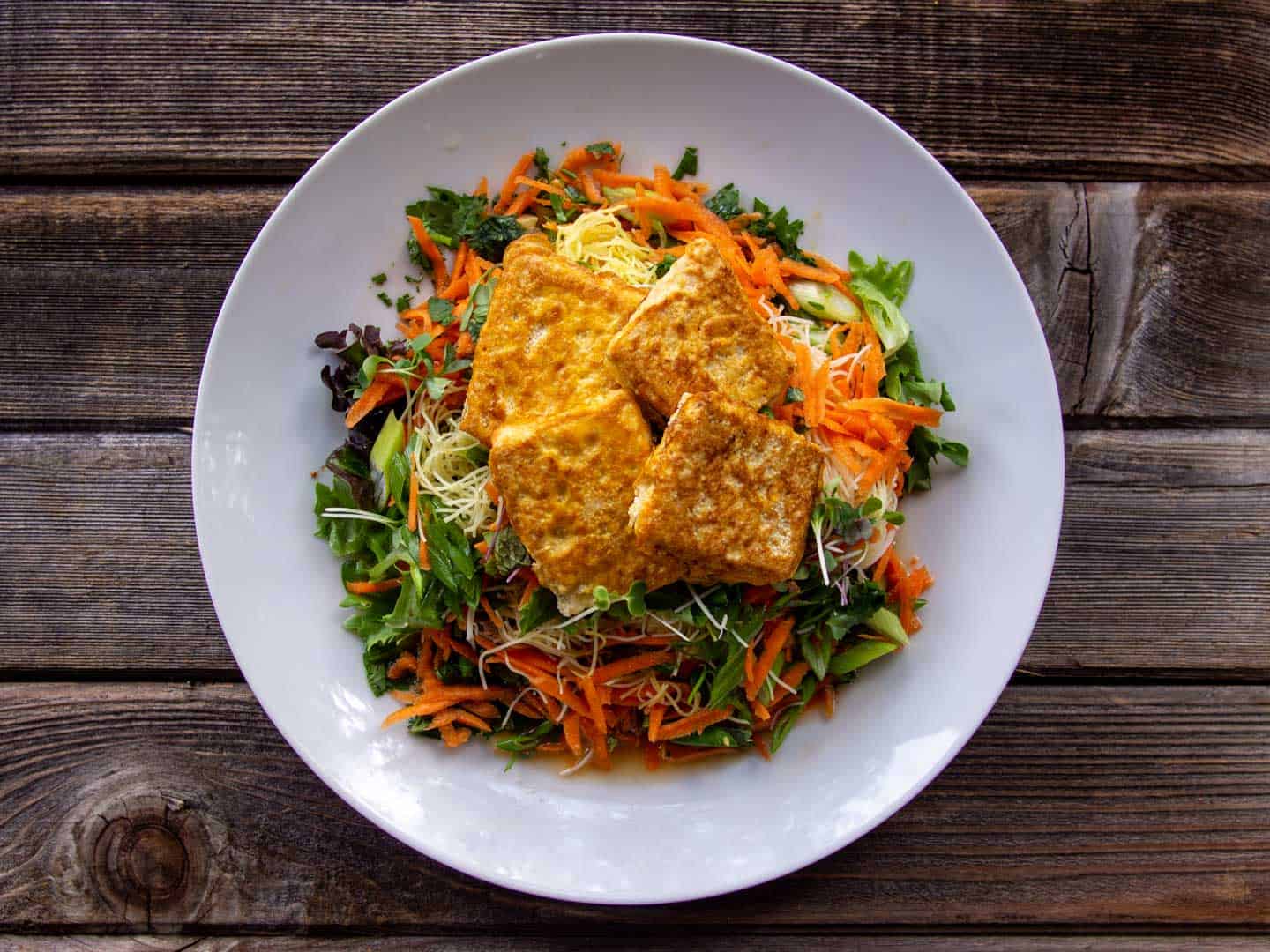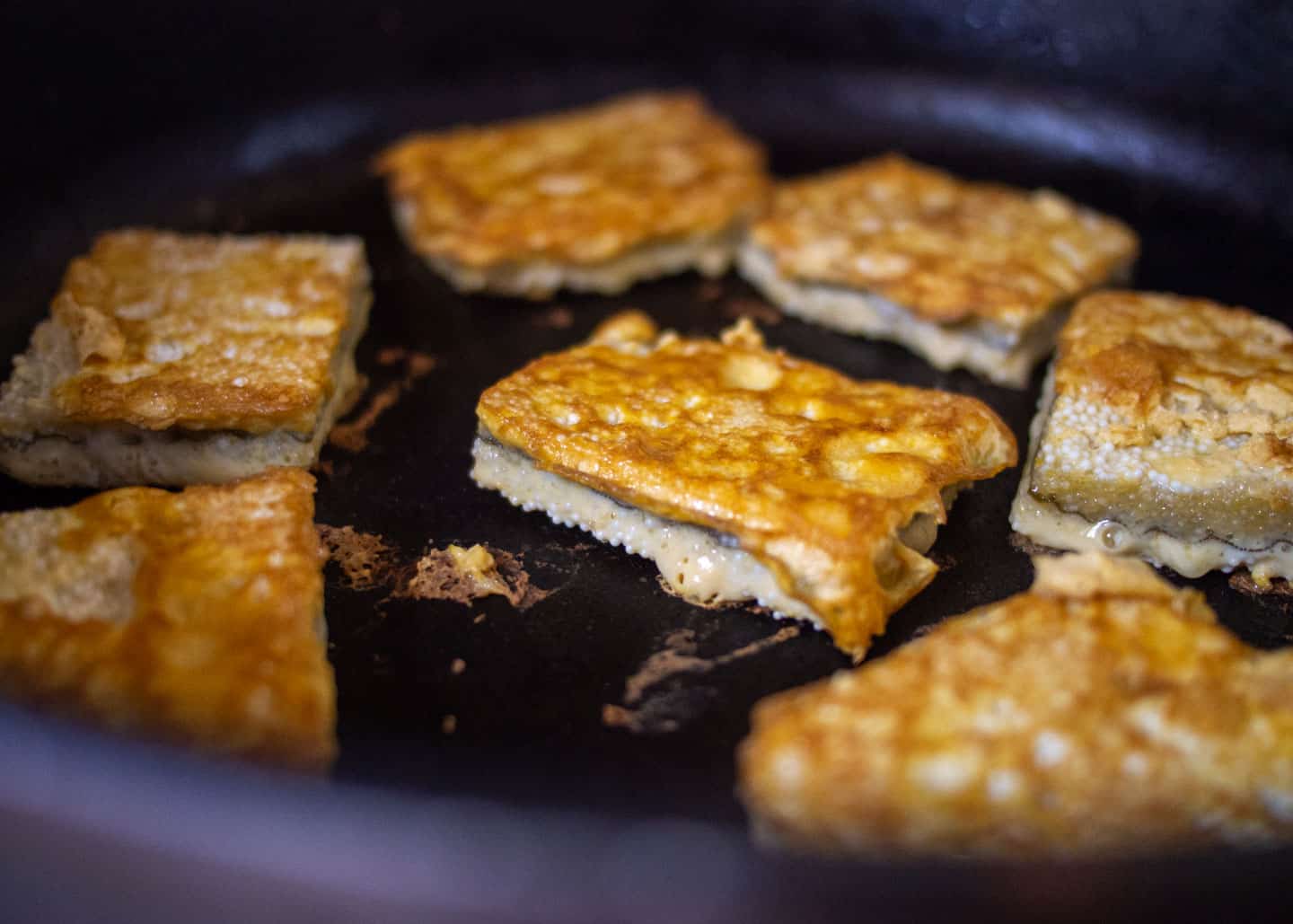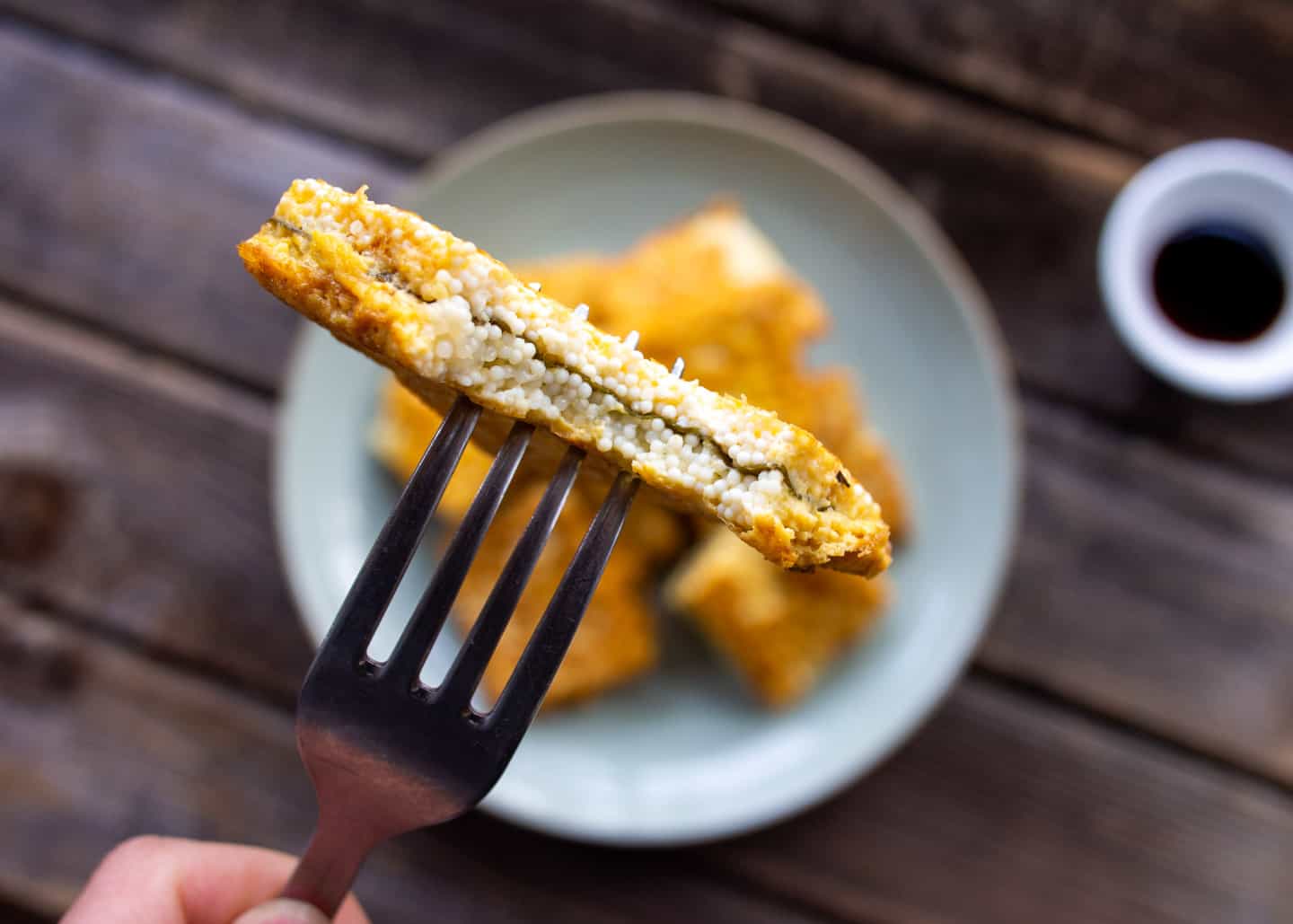Herring Roe
Each spring, herring return to the deep blue waters and inlets of British Columbia in tremendous numbers. During this time, they spawn along the coastal shores with female herring laying upwards of 20,000 eggs each. Male herring fertilize the eggs soon after, turning the ocean into a unique light turquoise color, reminiscent of Caribbean waters. The roe is sticky and quickly attaches to seaweed, sea grass, rocks and other substrates. This spawning event typically lasts for a few days and attracts thousands of marine species including birds, fish, and even marine mammals who all come to feast on the incredible and nutritious offering.
In addition to attracting an abundance of marine life, herring roe is also a staple to the diets of coastal Indigenous people. While it is a significant source of food, the roe has been used as bait, a commodity for trade, and a necessary component for ceremonial traditions. Many Indigenous communities along the Pacific Coast harvest herring roe on submerged vegetation during the spring. For Haida communities, the roe is typically collected three days after the spawning event occurs. This period of time is regarded as respectful to herring, and is known as Yahguudang (Xaayda kil Skidegate Haida Dialect) or Yakguudang (Xaad kil Massett Haida Dialect). This term translates to respect and is a wonderful representation of Indigenous management for marine resources. Additional substrates, such as tree branches, would often be introduced to the marine environment during this spawning period to attract additional herring eggs. Through collecting only some herring roe, and ensuring the survival of other roe and adult herring, this practice allows for herring to persist at sustainable levels for many years to come.
The cultivation of herring and kelp has been an important focus of the Indigenous Aquaculture Collaborative Network. During one of the Network’s virtual learning exchanges, Elder Yansh’ka owoo Harvey Kitka (Sitka, Kaagwaantaan Clan) recalls that during his childhood, “the whole Sitka Sound would turn white from the herring milt, all the way around the Sound, down the coast and further up the coast. It seemed like we never had to go very far to put our trees in the water to have our eggs.” However, commercial fisheries have depleted herring stocks over the years, as future population spawners were fished heavily out of the ecosystem.
“The whole Sitka Sound would turn white from the herring milt, all the way around the Sound, down the coast and further up the coast. It seemed like we never had to go very far to put our trees in the water to have our eggs.” – Elder Yansh’ka owoo Harvey Kitka (Sitka, Kaagwaantaan Clan)
Increasingly, communities are looking to create management plans to ensure the survival of herring as a culturally significant species and important traditional food source. Elder and Hereditary Chief Nang Jingwas Russ Jones (Haida) shared that “[we] haven’t had commercial herring fisheries on the east side since 2004… when herring stocks rebuild in Haida Gwaii, we made it a priority to protect the traditional access first, and local livelihoods for Haida Gwaii. We also try to incorporate climate change into our rebuilding plan.” The Indigenous Aquaculture Collaborative Network is grateful for the opportunity to learn from Elders about the importance of the herring roe harvest, as well as support management plans that ensure this cultural practice persists for many generations to come.
To learn more about our network’s focus on herring and kelp harvest, look at the Sea Gardens story map. Additional resources for learning more about Pacific herring and cultural-ecosystems include Yáa at wooné | Respect for All Things Film as well as Stewarding our Marine Relations dialogue.
Fried Herring Roe On Kelp with Soy Sauce
Rachel Dickens, an Indigenous dietitian and the creator of this recipe, grew up enjoying herring roe on kelp. This recipe beautifully weaves together Dickens’ heritage; her mother immigrated to Prince Rupert from Hong Kong in the 1970’s, and her father is a member of La̱x Kw’alaams Band, a Ts’msyen Nation located 30 kilometers by boat from Prince Rupert. While this recipe highlights a traditional Ts’msyen food source, it is inspired by the roots of Dickens’ mother.
In addition to creating nutritious and culturally-important recipes, Rachel works alongside the nuučaan̓uł / Nuu-chah-nulth Peoples as a Registered Dietitian and Certified Diabetes Educator. Additionally, she works for many other Indigenous-led organizations who support decolonized wellness such as Indigenous Sports, Physical Activity and Recreation Council, the BC Association of Aboriginal Friendship Centres, and the National Indigenous Diabetes Association.

Prep Time – 10 mins
Cook Time – 10 mins
Soaking Time – 2 hrs
“Herring roe is a spring delicacy on the West Coast and an important traditional Indigenous food. This is my Asian-inspired roe on kelp recipe shared to me by my mother.” – Rachel Dickens
Ingredients
- 2 cups herring roe on kelp cut into 1-2″ pieces
- 1-2 eggs
- 1-2 tsp soy sauce
- 1 tbsp olive oil
Instructions
- Run it under cold water to remove the salty brine. You can keep tasting the roe to see if it is too salty. Alternatively, you can soak it for about 2-4 hours, changing the water once. The thicker the roe on the kelp, the longer you will need to soak it.
- Cut the herring roe into 1 to 2-inch pieces. Set aside.
- Whisk the egg with the soy sauce. Start with less soy sauce to start so it is not too salty.
- Heat a frying pan over medium-high heat. Add the oil and let the oil heat. Dip the herring roe pieces into the egg mixture and then add to the frying pan in a single layer. You may need to do 2-3 batches. Cook for about 2-3 minutes.
- Flip the roe over and cook for an additional 1-2 minutes on the other side. Check to see that the roe is cooked through – the roe should turn white and not be translucent. Serve with more soy sauce on the side.

How to serve herring roe on kelp
- Have it just as it is
- Dip it in soy sauce
- Add it to a stir-fry
- Cut it into strips and roll it into sushi
- Enjoy it on a salad
Recipe Notes – how to prepare the herring roe
Option 1 – Soak The Herring Roe
As the roe is generally packed in brine or has come straight from the saltwater it can be very salty. Depending on how thick the roe is, it may need to be soaked for anywhere from 2 hours to 6 hours. Some recommend the water be changed at least once during the soaking period. I have found this necessary when the roe is at least 1-inch thick. Taste a small bit of the soaking roe to check its saltiness during the soaking period.
Option 2 – Run The Roe Under Running Water
Place the roe in a deep bowl and run it under cold water for about 10 minutes. Again, taste a small piece of the uncooked roe to see how salty it is. This works best for roe that is 1/2-inch or less in thickness.
Storing Extra Roe
Freeze the unsoaked roe in large ziplock bags. If the roe has come already soaking in a brine solution, add some of this brine liquid into the freezer bags with the roe. This will help keep the roe fresh and prevent freezer burn. The roe will be good for 1 year if stored properly.

Nutrition
Sodium: 110 mg | Calcium: 12 mg | Potassium: 34 mg | Calories: 240 kcal | Monounsaturated Fat: 3.4 g | Polyunsaturated Fat: 0.8 g | Saturated Fat: 2.1 g | Fat: 13.8 g | Protein: 31 g | Iron: 0.8 mg
All images in this blog are courtesy of Rachel Dickens, used with permission.
